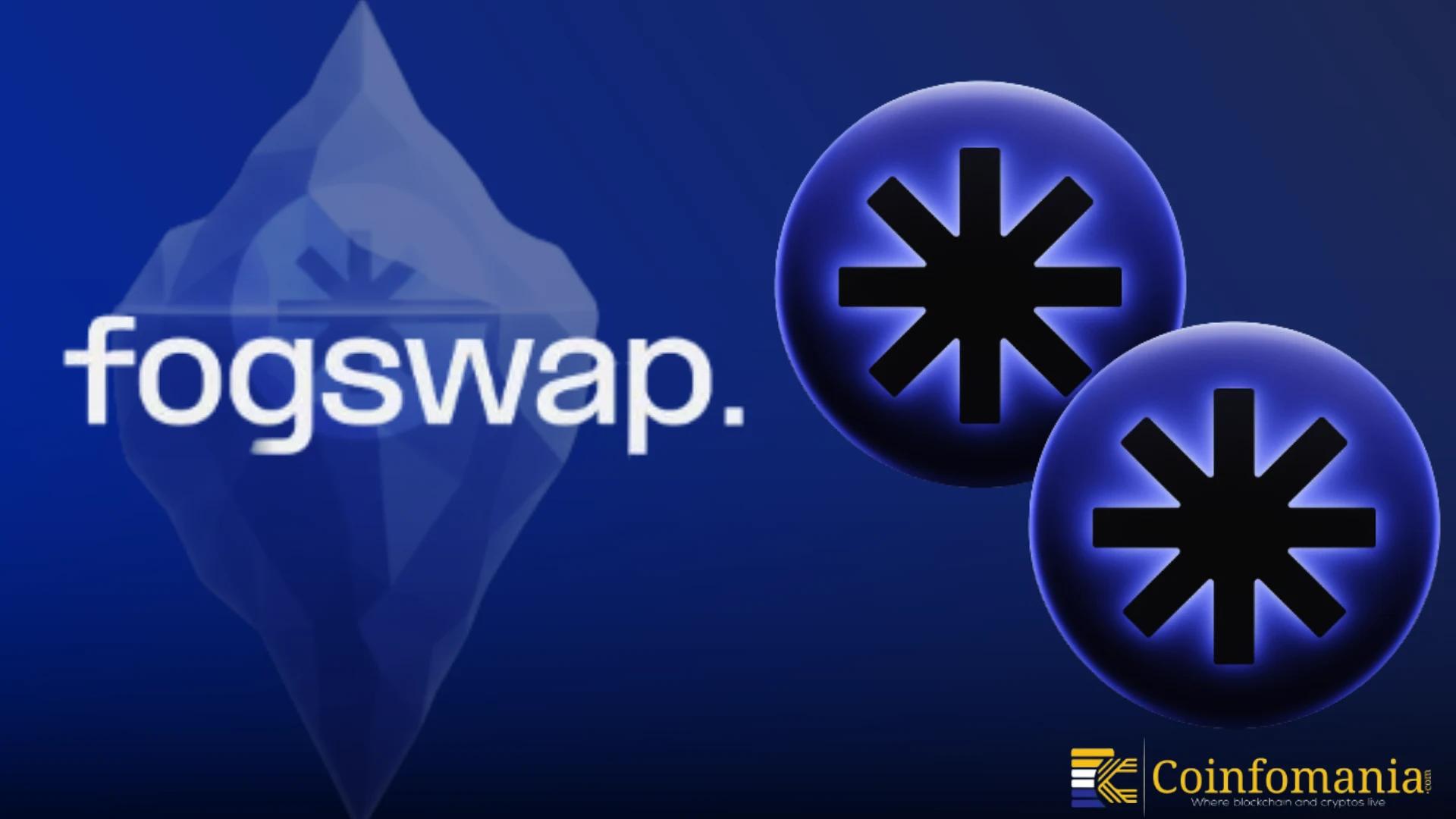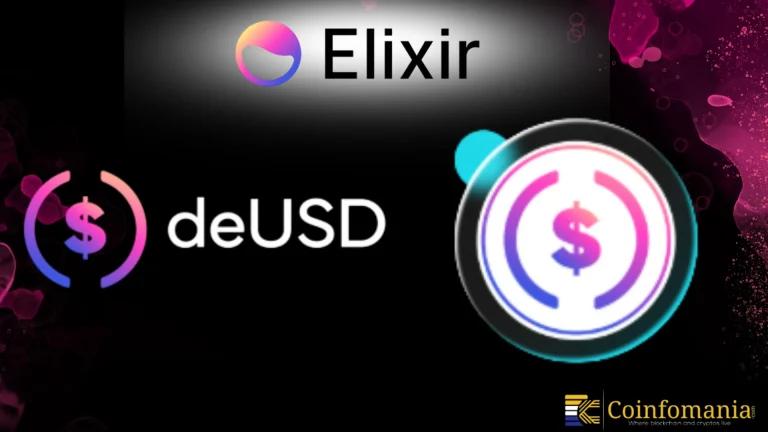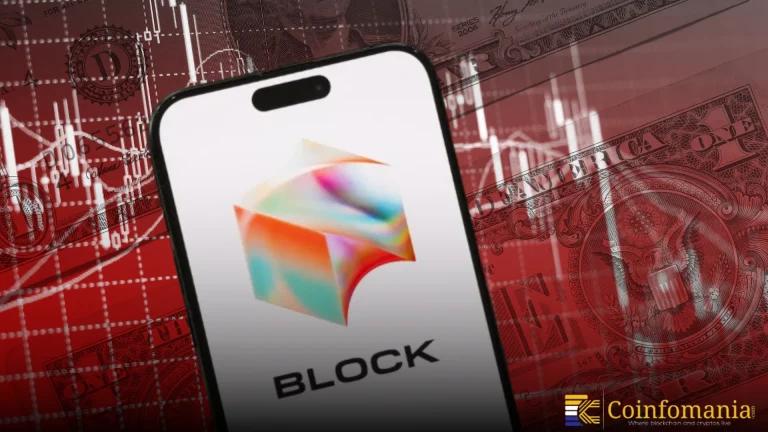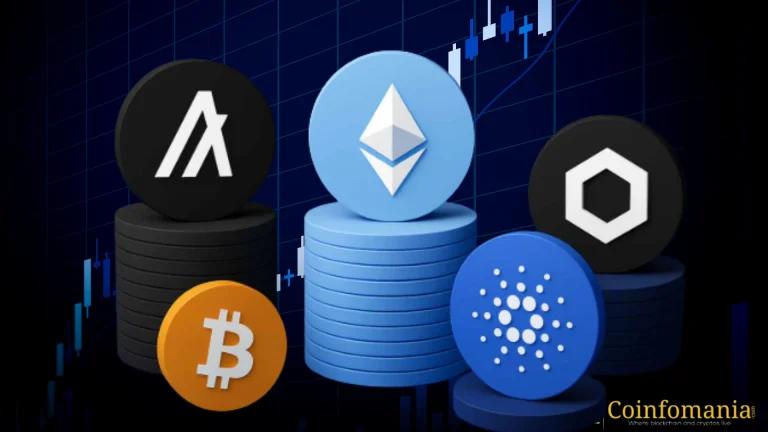FogSwap Surges 350% Hours After Launch as Cross-Chain Swaps Redefine Blockchain Trading
Let’s uncover how FogSwap’s cross-chain swaps unite 115+ blockchains and sent $FOG soaring 350% within hours of launch.

Quick Take
Summary is AI generated, newsroom reviewed.
FogSwap’s $FOG token jumped 350% within hours of launch, fueled by excitement over its cross-chain swap technology.
The platform unites 115+ blockchains, enhancing blockchain interoperability and liquidity efficiency.
Decentralized liquidity pools allow both public and private trading environments to operate seamlessly.
FogSwap’s success signals a major shift toward interoperability-focused DeFi platforms shaping the future of crypto trading.
The crypto world witnessed another explosive debut as FogSwap’s $FOG token surged 350% within just hours of launch. Traders and analysts are calling it one of the fastest-growing DeFi projects of 2025. The surge highlights rising investor interest in cross chain swaps, which promise to fix one of crypto’s biggest bottlenecks, seamless blockchain.
FogSwap’s unique value lies in uniting more than 115 blockchains into one dynamic ecosystem. It integrates public and private liquidity pools, allowing users to transfer and trade tokens effortlessly across multiple networks. In an increasingly fragmented blockchain space, this kind of interoperability isn’t just a convenience; it’s a necessity for the next wave of DeFi growth.
As the boundaries of cryptocurrency ecosystems expand beyond dealing within their own chains. FogSwap has established itself as an intermediary between the chains. Its rapid emergence and recent progress illustrate how cross chain swaps may transform liquidity flows, trading efficiency, and accessibility to DeFi in 2025 and beyond.
Breaking Barriers with Multi-Chain Connectivity
FogSwap’s most striking achievement is its multi chain design, which eliminates the traditional limitations of siloed blockchain systems. Instead of restricting users to a single ecosystem, it connects over 115 blockchains, enabling traders to move assets freely without relying on centralized exchanges.
This model not only improves flexibility, but also greatly reduces transaction times. For developers, this means greater access to a larger user base and a smoother integration experience between ecosystems. For traders this means faster and cheaper transactions, a clear improvement for interoperability on blockchains.
FogSwaps success shows that user demand is moving towards decentralized liquidity pools. They operate across multiple networks because they create a more balanced and competitive environment. Liquidity can flow freely based on market conditions, thus guaranteeing greater efficiency and transparency.
The Role of Decentralized Liquidity Pools in FogSwap’s Success
Liquidity has always been the backbone of decentralized finance. However, fragmented pools across different blockchains have often made it difficult to trade assets efficiently. FogSwap tackles this problem head-on by merging decentralized liquidity pools from both public and private networks.
This combination approach promotes flexibility for traders while protecting the privacy of institutional participants. It fuses the openness of public DeFi markets and the security and control of private trading venues. This creates a powerful ecosystem that promotes deeper liquidity and superior trading across networks.
As investors pursue yield opportunities across chains, projects like FogSwap demonstrate that liquidity innovation is just as valuable as utility of tokens. The design mirrors the necessity for real time cross chain swap infrastructure without the friction of moving through traditional bridging processes.
Why Cross-Chain Swaps Could Define the Future of DeFi
FogSwap’s achievements illustrate a more extensive trend occurring in decentralized finance. As traders seek out the platforms with the highest yield and lowest fees, the capacity to swap assets across multiple chains will provide the necessity for users. Cross-chain swaps offer real-time conversion between tokens on different blockchains with no custodial risk.
FogSwap’s advancement in this capacity establishes it as a model for the next era of decentralized finance infrastructure. Its model is consistent with the overall trend of interoperable ecosystems that shift value across chains rather than remain bound to individual chains.
For both investors and developers, FogSwap’s success would indicate that the future could usher a turning point for decentralized liquidity innovation in 2025. Organizations and individuals who implement and are early adaptors for cross chain swap technologies will be in a position to drive the next phase of blockchain technology growth.
Follow us on Google News
Get the latest crypto insights and updates.


